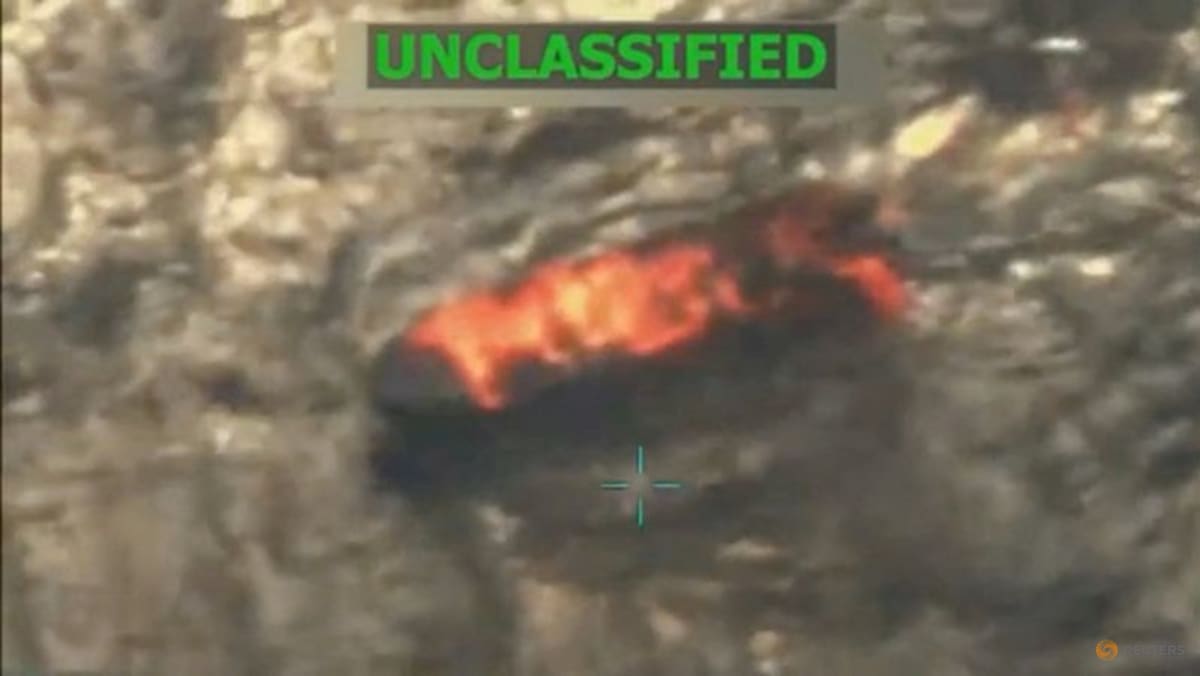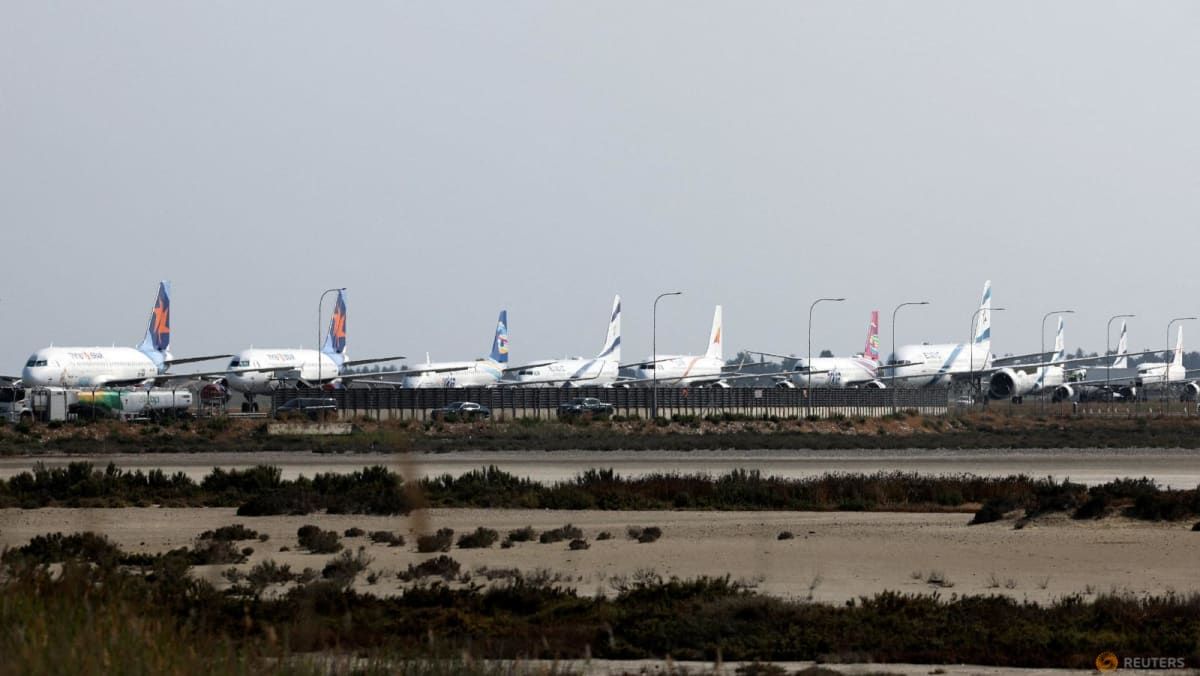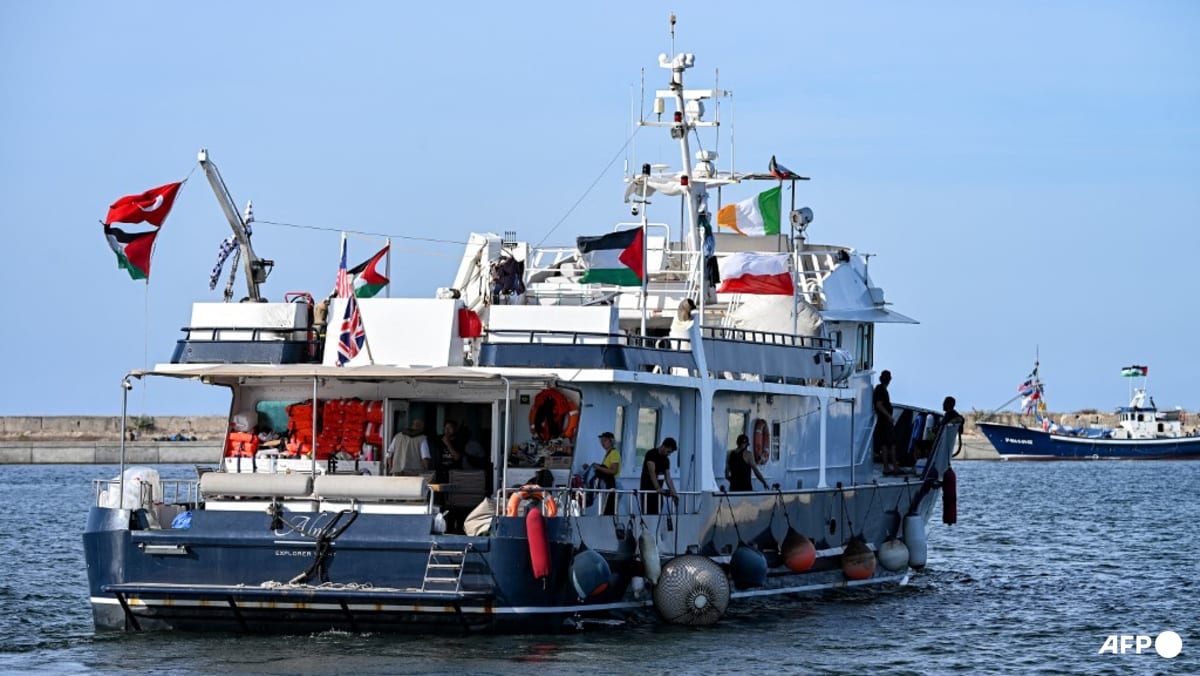Airlines continued to avoid large parts of the Middle East on Sunday (Jun 22) after the United States strikes on Iranian nuclear sites, according to flight tracking website FlightRadar24, with traffic already skirting airspace in the region due to recent missile exchanges.
“Following US attacks on Iranian nuclear facilities, commercial traffic in the region is operating as it has since new airspace restrictions were put into place last week,” FlightRadar24 said on social media platform X.
Its website showed airlines were not flying in the airspace over Iran, Iraq, Syria and Israel. They have chosen other routings, such as north via the Caspian Sea or south via Egypt and Saudi Arabia, even if these result in higher fuel and crew costs and longer flight times.
Missile and drone barrages in an expanding number of conflict zones globally represent a high risk to airline traffic.
Safe Airspace, a website run by OPSGROUP, a membership-based organisation that shares flight risk information, said the US attacks on Iran may increase risks to US operators in the region.
“While there have been no specific threats made against civil aviation, Iran has previously warned it would retaliate by attacking US military interests in the Middle East – either directly or via proxies such as Hezbollah,” Safe Airspace said.
SIA FLIGHTS CANCELLED
Singapore Airlines (SIA) cancelled two flights between Singapore and Dubai on Sunday – SQ494 and SQ495 – following a “security assessment” of the situation in the Middle East.
It said it would be contacting all affected customers, with those impacted to be put on alternative flights or given the option to seek a full refund of the unused portion of their ticket.
Other SIA flights between Singapore and Dubai may also be affected as the situation remains fluid, the airline said.
All SIA and Scoot flights have stopped flying over Iranian airspace and have used alternative flight paths since Aug 2, 2024, the SIA group said last week.
“The SIA Group regularly reviews and determines the flight paths taken by our aircraft based on multiple factors.”
“These include weather conditions, safety and security considerations, advisories from international and regional bodies, insights from independent external security consultants, and regulatory restrictions.”
It added that it will continue to monitor the situation in the Middle East and will adjust flight paths as needed.












